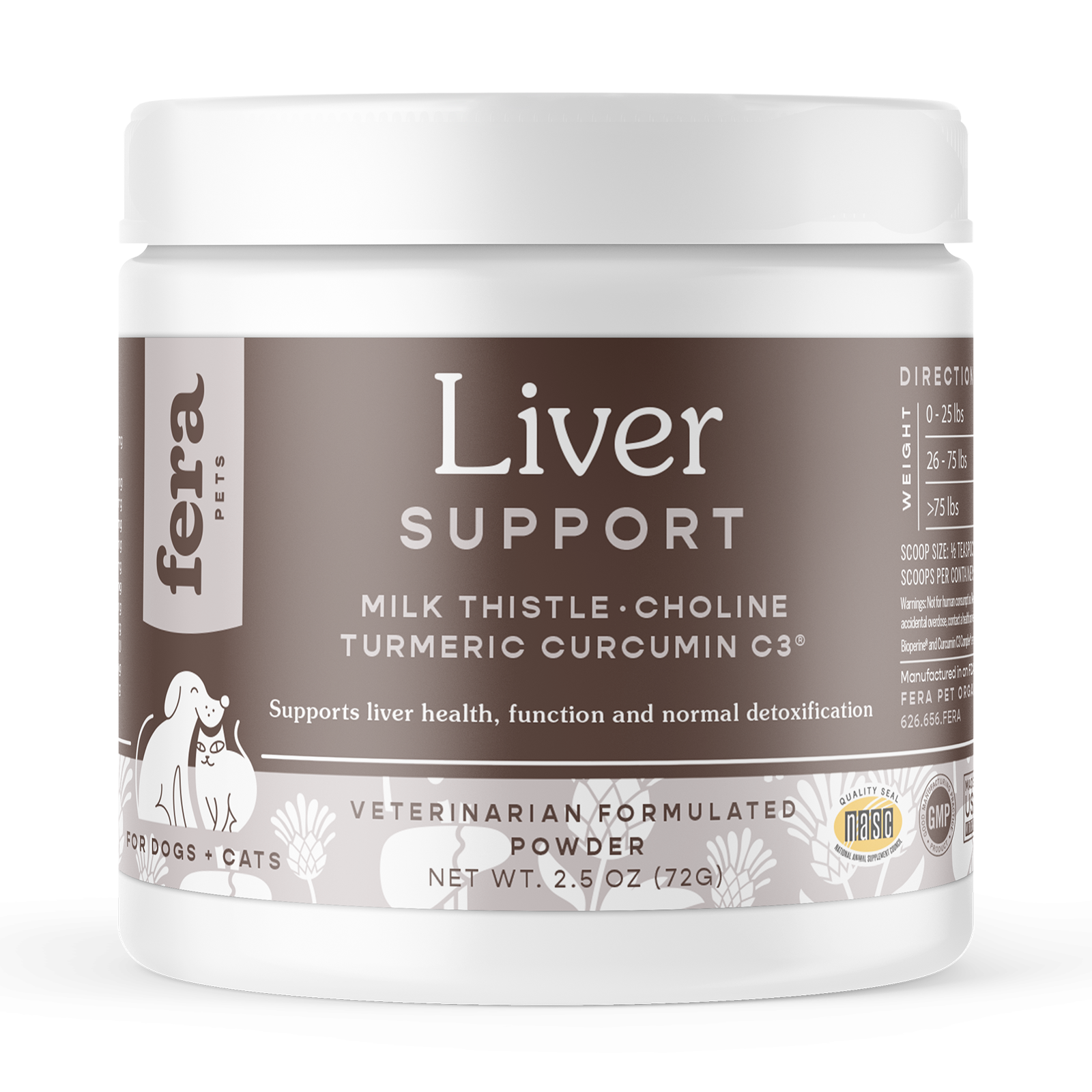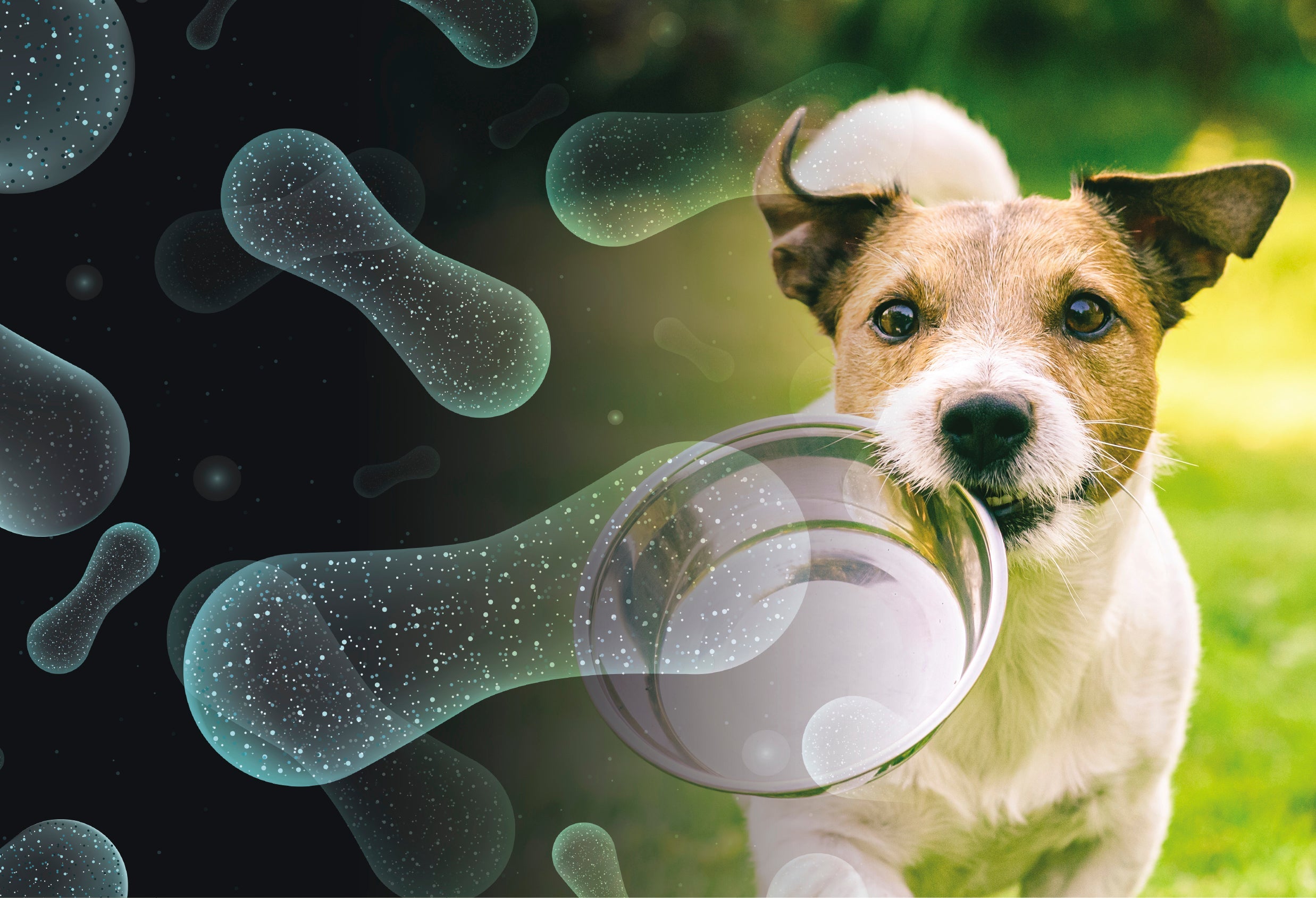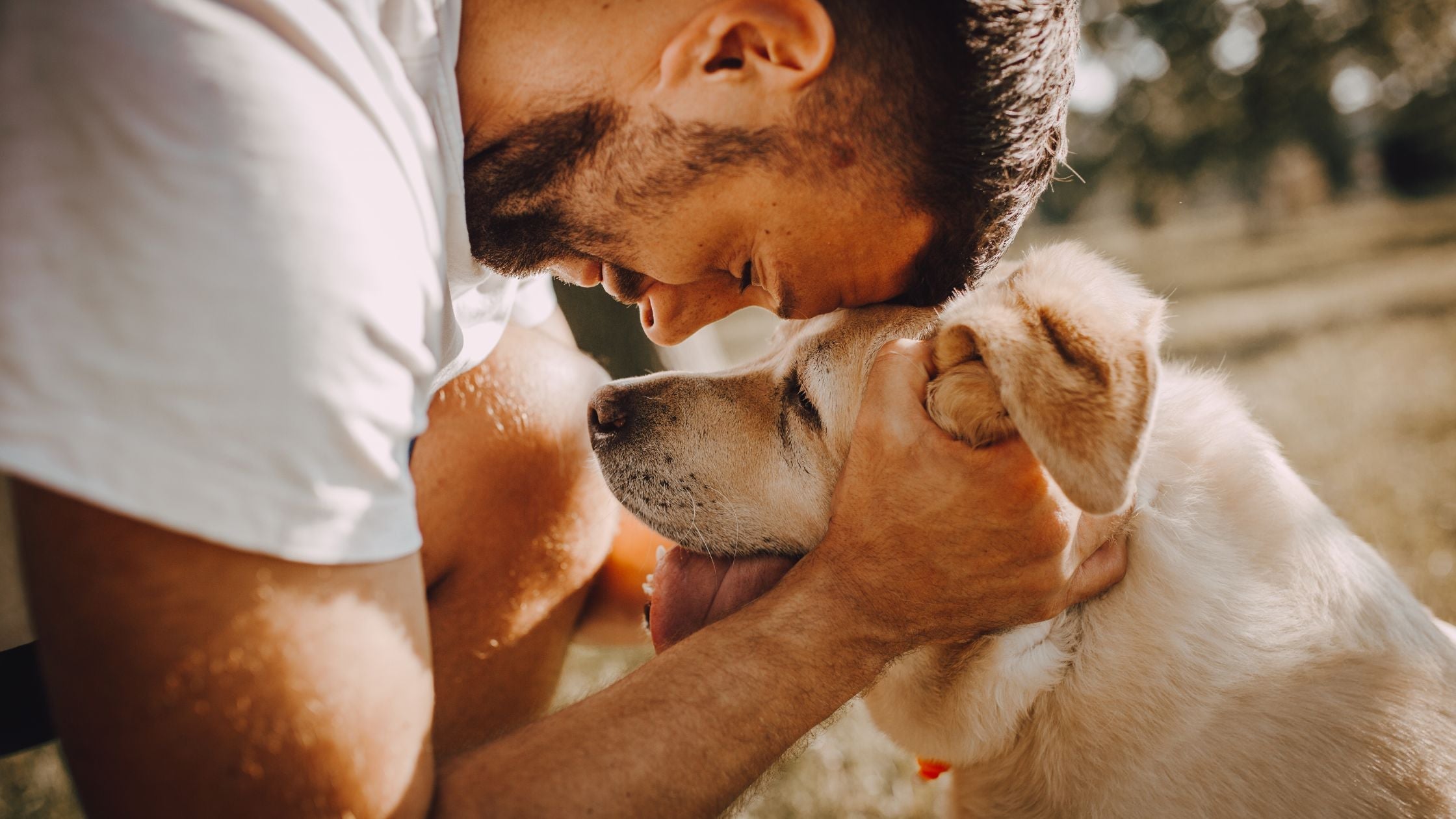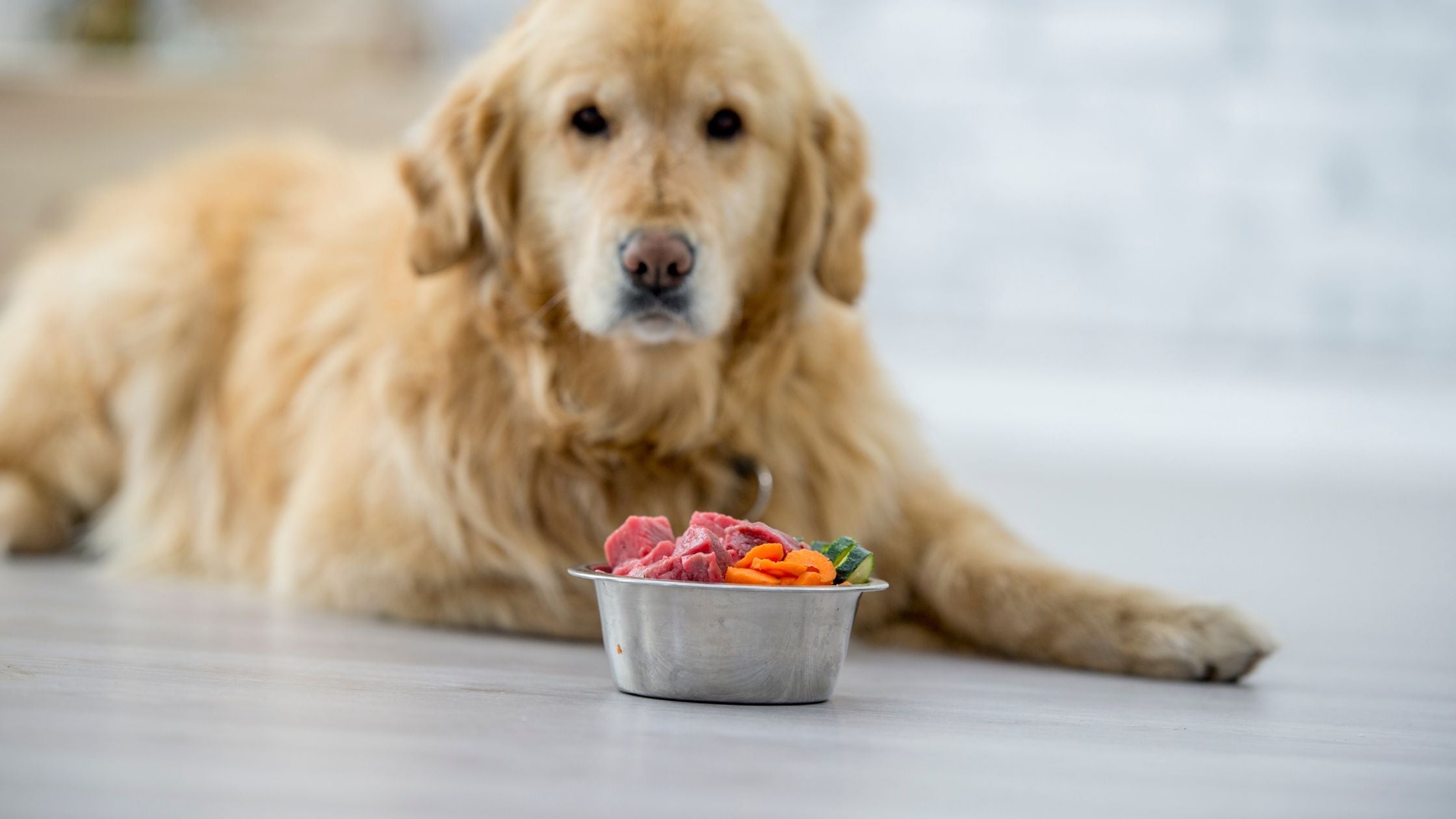Tell Tail Signs of a Liver Shunt in Dogs and What You Can Do to Help
Discover the hidden danger lurking inside your dog's liver – liver shunts. Learn the signs, symptoms, and top breeds at risk. We'll help you recognize, diagnose, and treat this silent threat, ensuring your furry friend enjoys a longer, healthier life. Don’t wait – get informed now!
Your dog’s liver performs more than 500 functions related to their health and well-being, making it one of their most essential organs. Unfortunately, this vital part of the body isn’t always exempt from complications, including those caused by a liver disease known as shunts.
The symptoms of a liver shunt in dogs manifest in a variety of ways, from physical to neurological, and some may be more difficult to notice than others.
Here is everything you need to know about liver shunts, the signs to look for, and how you can help your canine companion overcome their symptoms to live a longer and healthier life.
What is a Liver Shunt?
Liver shunts, also known as portosystemic shunts, are caused by a disconnect between a portal vein and the liver. When this happens, blood from your pet’s gastrointestinal system, pancreas, and spleen bypasses the detoxification that normally occurs in the liver.
These unwanted toxins can then build up in the body and produce a variety of health problems such as a deficient protein supply, stunted growth, poor muscle development, and in more severe cases, liver failure.
Most dogs with liver shunts were born with the condition and begin showing symptoms around three years of age. These are known as congenital shunts and account for nearly 80% of all liver shunts in canines.
Acquired shunts occur later in life and are usually caused by elevated blood pressure or a liver disease known as cirrhosis.
Liver shunts can also be categorized into one of two groups:
- Extrahepatic shunts: Occurs when abnormal blood vessels are located outside of the liver. This type of liver shunt is usually seen in smaller dog breeds and is the easiest to treat surgically.
- Intrahepatic shunts: Caused by abnormal blood vessels within the liver. These are more common in larger dog breeds and they’re more difficult to correct surgically, though not impossible.
The Most Common Signs of a Liver Shunt
The symptoms of a liver shunt in dogs range from subtle to apparent. Here are the most well-known to keep an eye out for:
- Stunted growth (associated with congenital shunts)
- Loss of appetite or unusual eating habits
- Poor muscle development
- Weight loss
- Vomiting with blood
- Difficulty urinating or blood in the urine
- Excessive drinking and drooling
- Muscle Tremors
- Jaundice
- Sudden blindness
- Seizures
A secondary condition known as hepatic encephalopathy can be produced by liver shunts and occurs when an excess of toxins in the blood alters brain chemistry. Subsequently, this can bring on a variety of neurological symptoms including:
- Dullness
- Unsteady gait
- Head pressing
- Walking in circles
- Staring into space
- Disorientation
Dog Breeds Most Susceptible to Liver Shunts
While any dog can develop liver shunts, certain breeds are more prone to the disease than others. These breeds include:
- Yorkshire Terrier
- Shih Tzu
- Havanese
- Toy and Miniature Poodle
- Australian Shepherd
- Dachshund
- Maltese
- Old English Sheepdogs
- Irish Wolfhound
- Beagle
- Cairn Terriers
- Samoyed
- Doberman Pinscher
- German Shepherd
- Golden Retriever
How is a Liver Shunt in Dogs Diagnosed?
To determine whether your dog has a liver shunt, your veterinarian will need to perform a physical examination and run a few tests including a Complete Blood Count Test (CBC), urinalysis, and bile acid test. Imaging tests, ultrasounds, and X-rays may also be necessary.
Be sure to bring your dog’s medical history to the appointment and relay any unusual behaviors or symptoms you may have noticed.
The Best Ways to Treat a Liver Shunt
Once a liver shunt has been confirmed, treatment should start as soon as possible.
The best way to treat a liver shunt depends on the dog’s age and what type of shunt they have. In most cases of congenital shunts, surgery is an effective option. Dogs with acquired shunts, however, are not ideal surgery candidates due to their age and the underlying causes of their illness.
If you opt for surgery, the procedure will focus on the application of devices like ameroid constrictors or cellophane bands that block the flow of blood through the abnormal vessels so more flows through the liver. Tying the vessels with suture material is also an option.
Around 85% of dogs that undergo this surgery recover and begin experiencing normal liver function several months after the procedure.
Whether or not your furry friend undergoes surgery to correct a liver shunt, medical management and a diet change will be necessary.
A low-protein diet alongside a liver supplement is most beneficial for pets with liver complications. Look for dog food with approximately 14-20% DM dietary protein and rich in other nutrients like omega-3 fatty acids, antioxidants, Vitamin E, and Vitamin C. Your veterinarian may prescribe a low-protein dog food for you.
Medicine will also play a major role in the management of your dog’s liver shunt. Antibiotics will reduce the number of bacteria in the GI tract, oral lactulose minimizes the absorption of ammonia, and enemas physically remove harmful bacteria and feces from the colon.
Boost Your Dog’s Liver Performance with a Dietary Supplement
Dogs that have had liver shunts require special care for the remainder of their lives, even if their surgery was successful. Luckily, dietary supplements make it easy to help your pet’s liver function at its very best.
Fera Pet Organics’ all-natural Liver Support supplement is an organic powder made with high-quality (and liver-approved) ingredients like milk thistle, dandelion root, turmeric, and artichoke leaf.
Whether your dog is recovering from existing liver problems or you’re staving them off from the start, this veterinarian-formulated supplement is the pawfect way to support some of their most essential body functions and overall health.
Trust the Medicine of Prevention
Unlock your pet's health potential with insights from industry expert veterinarian Dr. Michelle Dulake, who combines her vast knowledge and experience to create a thriving, happy life for your furry companion.
At Fera Pet Organics, we are on a mission to change the expectations of pet supplements. By combining a blend of clinically proven traditional ingredients with innovative ingredients — plus years of research, development, formulation, and testing, we ensure your pet gets the holistic support they need to live their happiest, healthiest, and most balanced life.
Explore even more of our organic supplements for dogs or dive further into our blog for even more pet health tips, dog treat recipes, and more.





